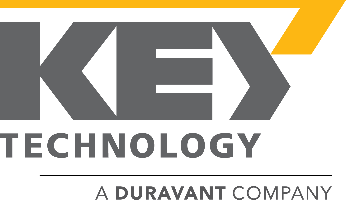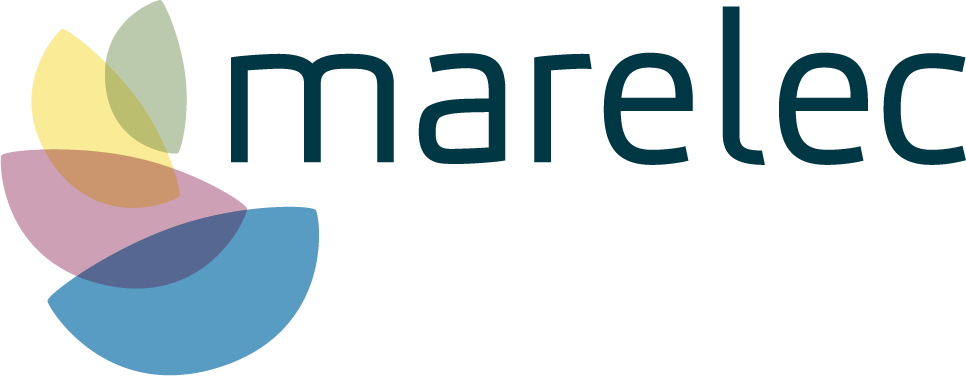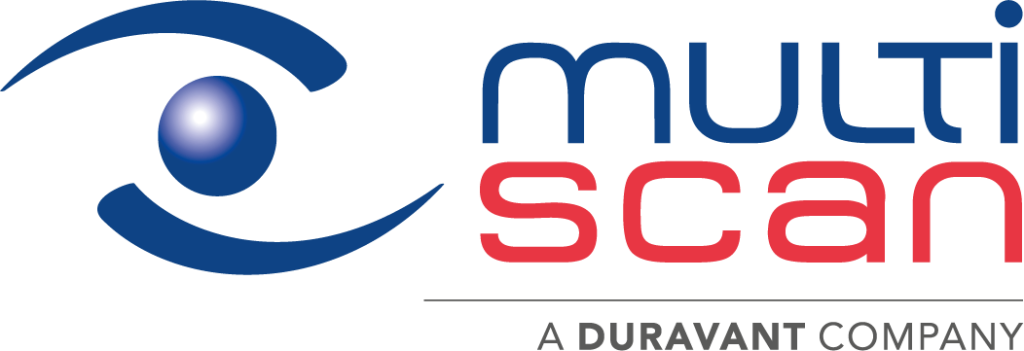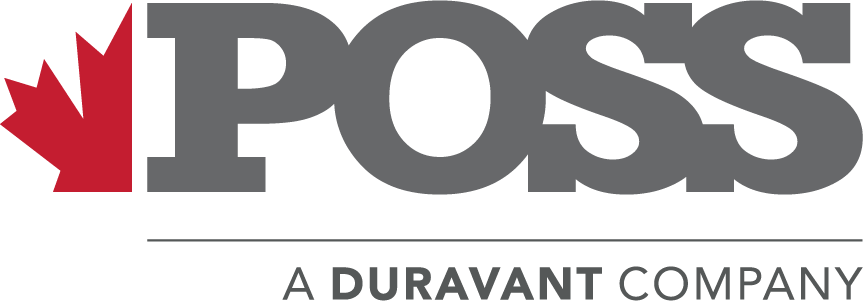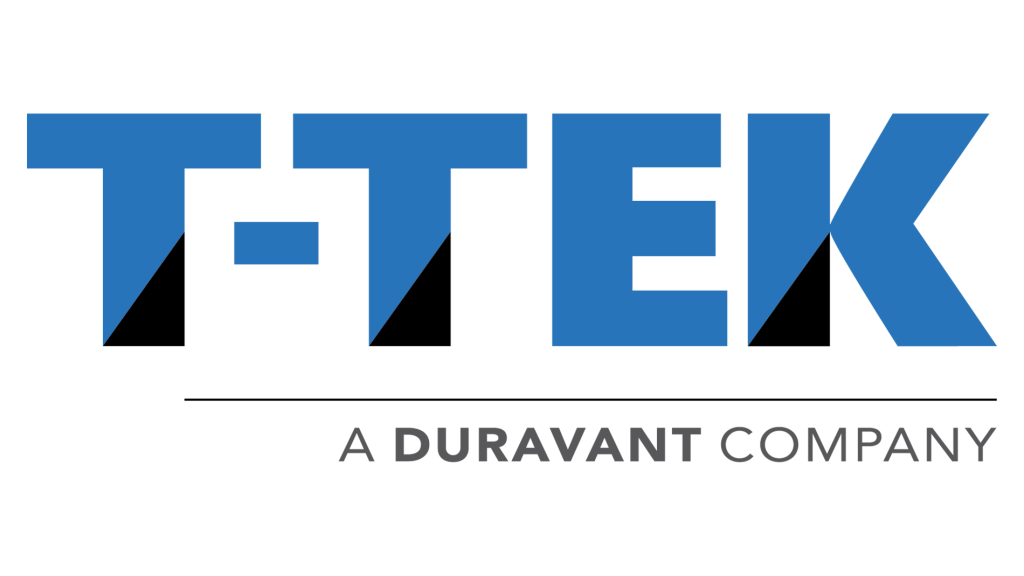The Duravant family of operating companies serve the food processing, packaging and material handling segments.
Future of Industrial Filling Machines Market Analysis for Global Buyers in 2025
Development and packaging innovations have been hastening changes in the industrial filling machine market, which will continue to do so until 2025 and beyond. Global demand for production efficiency and accuracy will create a necessity for industrial filling machines that can serve these critical applications in diverse industries such as food and beverage, pharmaceuticals, and cosmetics. Therefore, this blog will provide an in-depth study of trends, opportunities, and challenges confronting global buyers in the industrial filling machine market as they position themselves in this ever-changing landscape.
For buyers and users alike, knowledge of the latest technology interventions, regulatory developments, and consumer-driven trends has become necessary for the industrial filling machine industry after 2025.A drive toward optimising productivity while minimising environmental impacts would find its way through options such as automated solutions and sustainable practices. Thus, this introduction sets the pace for further discussion on what lies ahead in the industrial filling machine landscape and the strategic insights buyers would require to help inform decisions in this highly competitive marketplace.
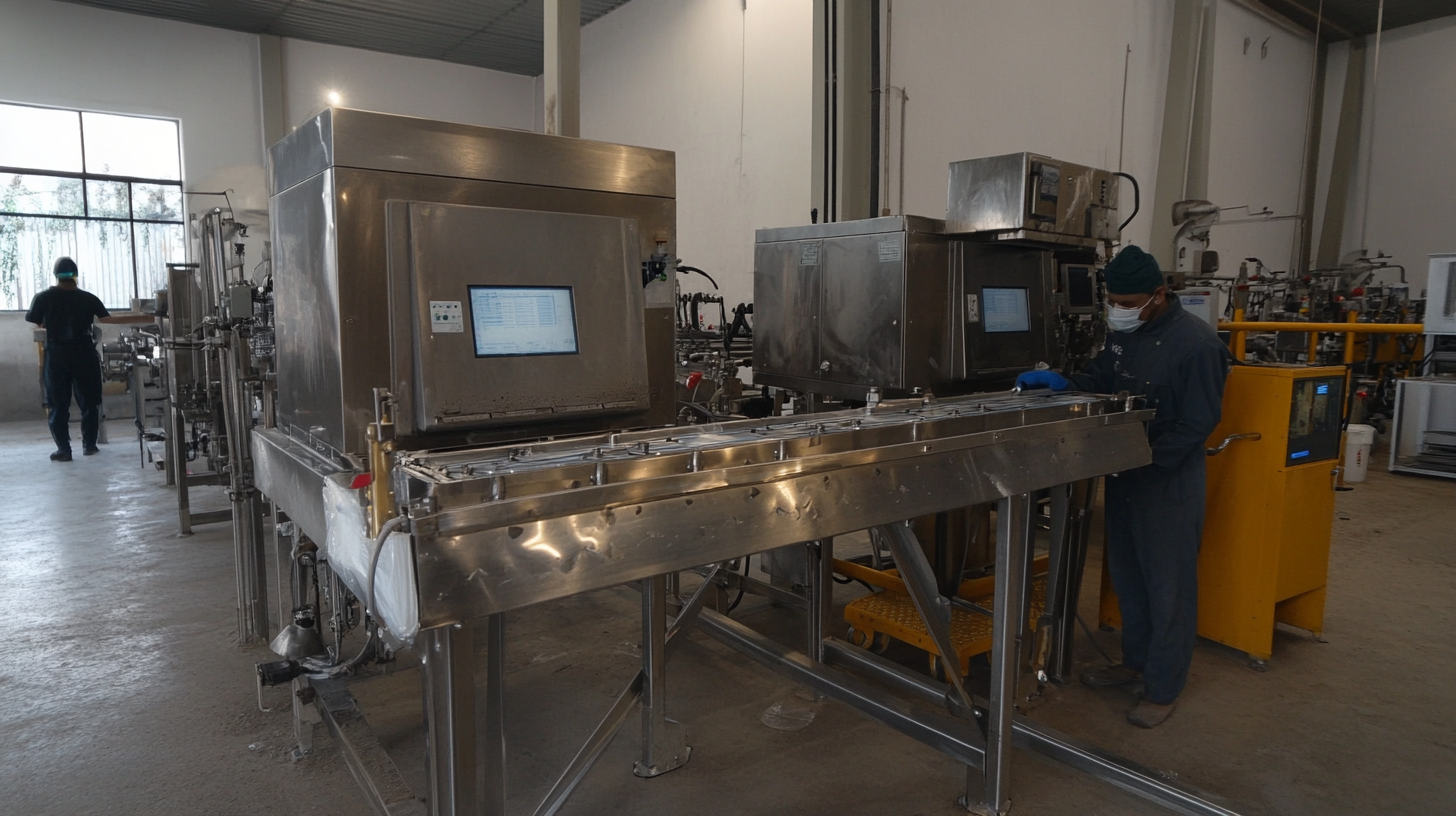
Overview of the Global Industrial Filling Machines Market Size and Growth Projections for 2025
The global industrial filling machine market is set to witness stupendous growth in the near future, fueled by technological advancements and seemingly endless requirements from a multitude of sectors. By 2025 it is foreseen that expansion of this market will occur, as manufacturers keenly look to optimize production processes and increase operational efficiencies. Food and beverage, pharma, and chemical industries will hold prime importance in this growth, as filling operations require precision and speed in increasing amounts. With the advent of smart manufacturing practices and automation, further development along these lines of filling machines shall be expected. Therefore, as more companies invest in innovative filling technologies, including intelligent systems that allow for real-time monitoring and data analytics, productivity improvements can be achieved with reduced waste. The entire shift is supported by meeting stringent regulatory standards as well as consumer demands for quality and consistency in product packaging. The industrial filling machine market will expect a heterogeneous growth rate across the regions. Emerging economies would show strong demand through rapid industrialization and urbanization. Manufacturers in these regions are adopting modern filling solutions to compete effectively on the international market. So overall, the future of the industrial filling machine business appears favorable for global buyers wishing to innovate and improve their packaging processes in the year 2025 and beyond.
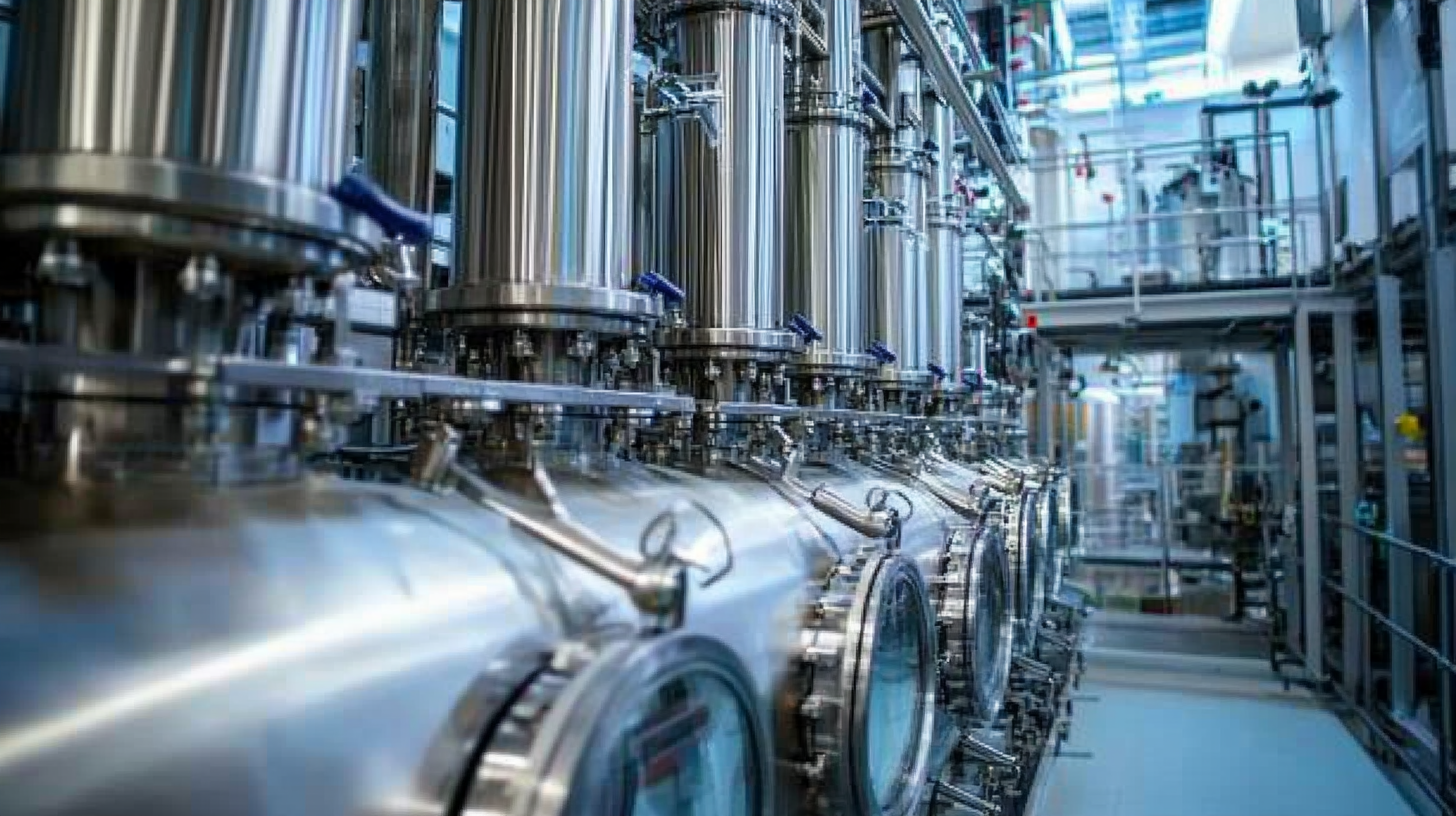
Key Trends Influencing the Industrial Filling Machines Market: Automation and Industry 4.0 Integration
Approaching the year 2025, the market for industrial filling machines is foreseen to grow from a humble valuation of $6.82 billion into what is likely to be an astonishing figure of $10.39 billion by 2032. Its growth trajectory at 6.2 percent compound annual growth rate is chiefly driven by automation and technology development corresponding with Industry 4.0.
By increasing accuracy and productivity, investments are being made more and more in sophisticated systems toward that aim by manufacturers. Most filling machines minimize human errors while reducing further running costs and streamline production processes, thus establishing themselves in the food and beverages industry, pharmaceuticals, and even cosmetics. Because production has to be quicker and more reliable, companies are looking to adopt automation as now it becomes a necessity rather than a trend.
Industry 4.0 creates changes in this market further by bringing in the Internet of Things (IoT), big data analytics, and smart manufacturing. Filling machines will thereby be turning smart through these technologies, with benefits like real-time monitoring, predictive maintenance, and much better supply chain management. This seamless connectivity would optimize production while providing insights to manufacturers about consumer behavior and market trends, whereby agile manufacturers swiftly adapt to dynamic demands. With such advancements in progress, the industrial filling machines market is lay to bloom with further opportunities and solutions for global buyers in the years to come.
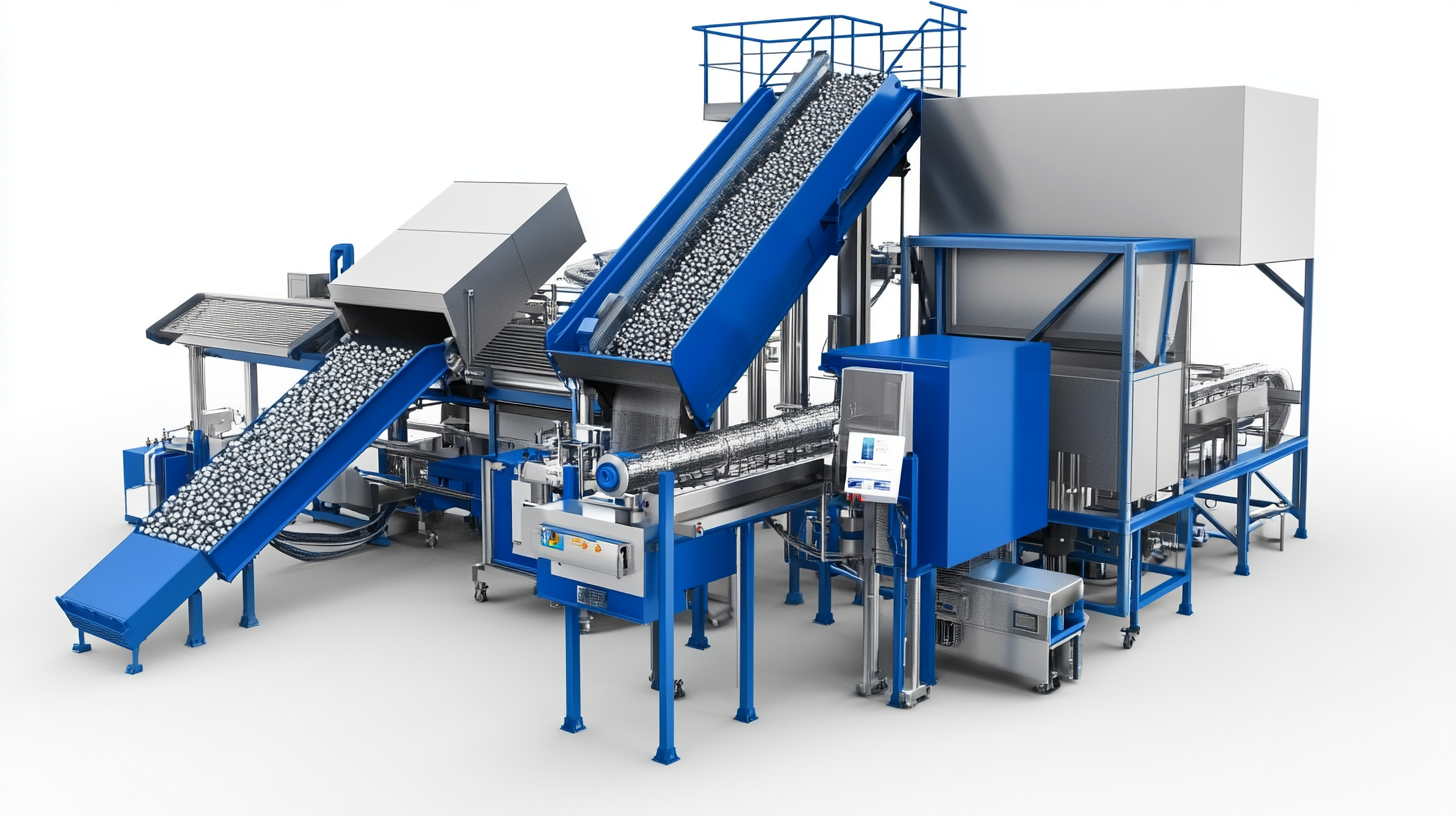
Regional Analysis: Market Dynamics and Opportunities in North America, Europe, and Asia-Pacific
The industrial filling machines business is anticipated to go through expansions, and some regional dynamics are significant for the global buyers. North America, Europe, and Asia-Pacific offer different opportunities led by different sector demands. In North America, automation and efficiency are the priorities and that is why increased investments are being made in advanced filling technologies. The companies in North America seem to be concentrating on innovations that can increase productivity and lower operational costs so as to maintain a competitive edge in the market.
On the other hand, Europe is building its path under strict regulations and sustainable practices. This forces the producers to present environmentally friendly filling solutions that will comply with the environmental regulations. Consequently, that marks a shift toward reduced energy input and waste output machines. The e-commerce growth across Europe, favorable as it is, has also placed demand on filling machines that can afford flexibility and adaptability for smaller batch sizes.
The industrial filling machines market in the Asia-Pacific region is growing rapidly primarily due to rising industrialization and increasing consumer demand. Countries like China and India are emerging to be major manufacturing hubs, which in turn is driving the need for efficient filling processes. The wide array of manufacturing in the region, including beverages and food, pharmaceuticals, and chemicals, offers huge opportunities for market players. Advanced filling technology investment will increase tremendously in upcoming years as business seeks means to achieve operational efficiency in line with consumer trends.

Technological Advancements Shaping the Future of Filling Machine Efficiency and Precision
By 2025, much change is predicted for the industrial filling machines market as the prime impetus is technology. With respect to machine fill efficiency and precision, automation and AI rank high on the list. These technologies enable manufacturers to cut down operations that otherwise involve human intervention, increase production speed, and introduce other automation systems for filling processes for consistent performance, becoming a quality standard for the product.
Moreover, the advanced sensors and monitoring systems are enforcing maximum productivity of filling machines. They will give real-time data regarding different product levels and performance of the machine to make adjustments thereby increasing accuracy. Besides this, many companies are now beginning to emphasize sustainability, and it is inevitable for new innovations to be based around eco-friendly materials and energy-efficient technologies. This approach aligns with environmental goals but also gives the firms a competitive edge in an increasingly responsible corporate world.
In a report, the global liquid filling machine market was projected to increase from $6.82 billion in 2025 to $10.39 billion in 2032, at a CAGR of 6.2%. Now, therefore, improved machine efficiency and precision are becoming increasingly pressing with this growing demand. The path of advancement created through these technologies is set to reconfigure industrial filling like never before; offering more flexibility and customization in meeting the ever-evolving demands of diverse sectors.
Competitive Landscape: Major Players and Their Strategies in the Industrial Filling Machines Market by 2025
The filling machine industrial market is rapidly growing; it is set to grow from $6.82 billion in 2025 to $10.39 billion in 2032, reflecting a compound annual growth rate of 6.2. This demand is mostly driven by the increasing sectors' needs for the automation of their production processes, often to maximize efficiency and lower labor costs, in industries such as food, beverages, pharmaceuticals, and cosmetics.
In their quest for growth and to consolidate their market position, key players incorporate state-of-the-art strategies. Investment in advanced technologies like automation, AI, and IoT creates enhanced product value propositions and in tandem enhances company efficiency and optimization. Partnerships and collaboration are increasingly strategic for any company looking to expand market reach and gain a competitive edge.
Due to recent economic trends and government support programs for the advancement of the private sector, the filling machine market is expected to experience increased investment and innovation. This environment establishes a solid ecosystem for the manufacturers to develop filling technologies further. As far as 2025 is concerned, keeping a finger on the pulse of the trends and strategies of the competitors would be vital for the global buyers wishing to do effective navigation in this flourishing market.


